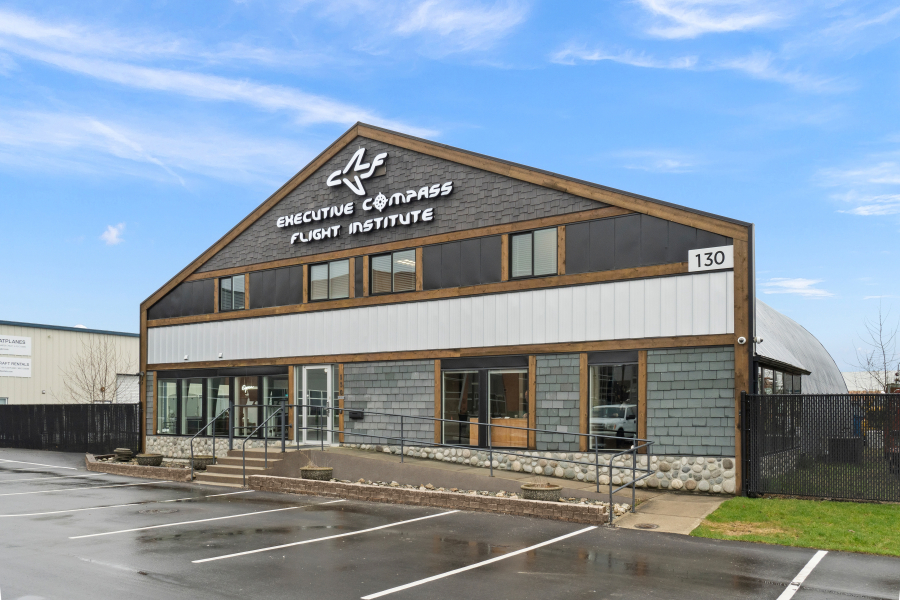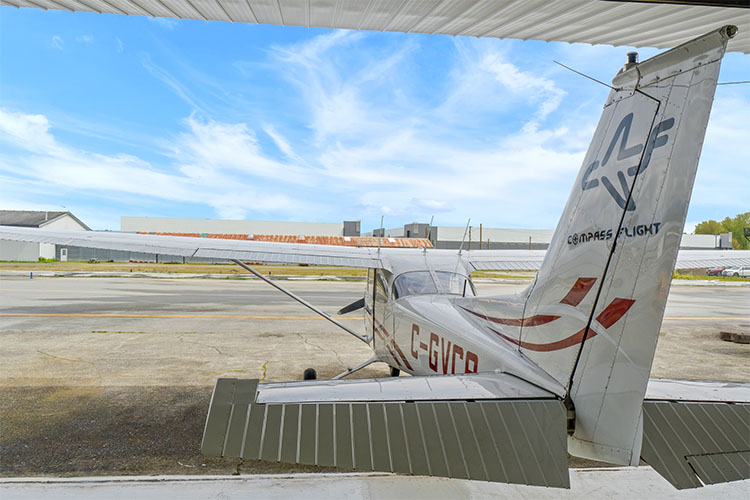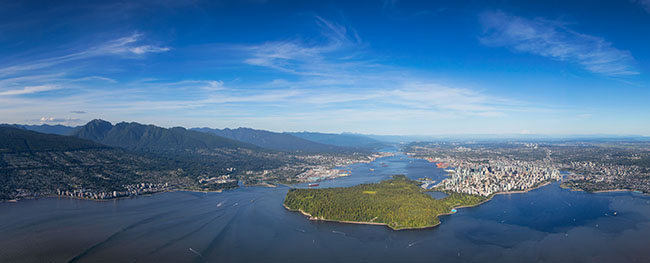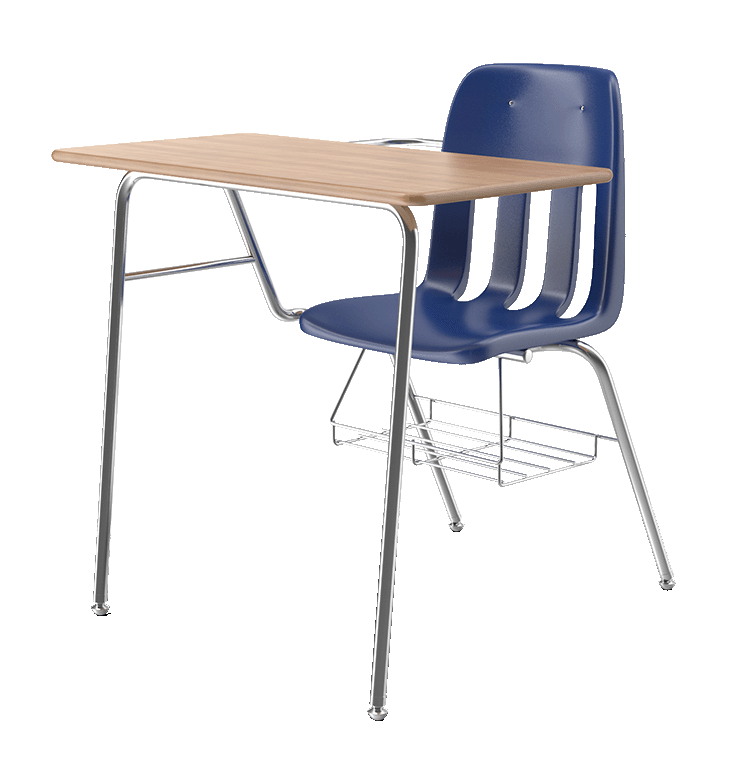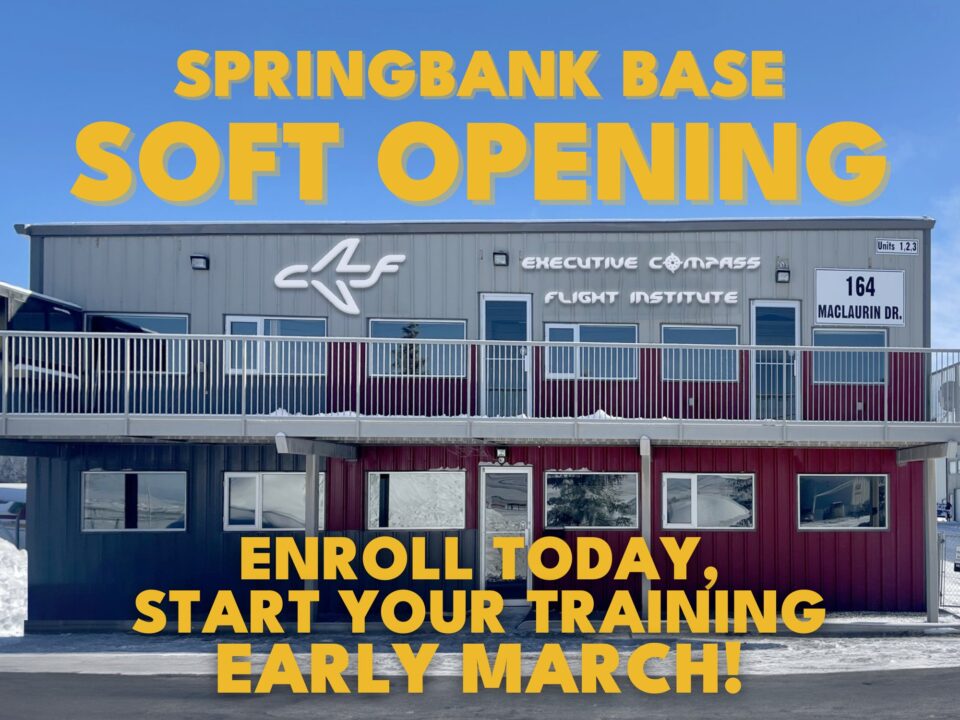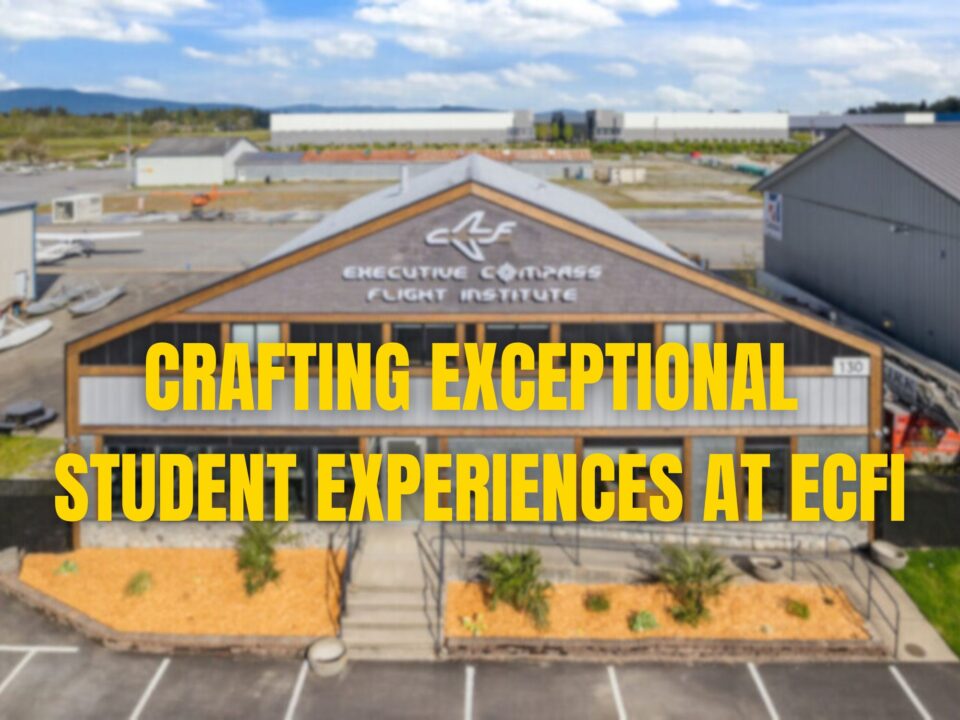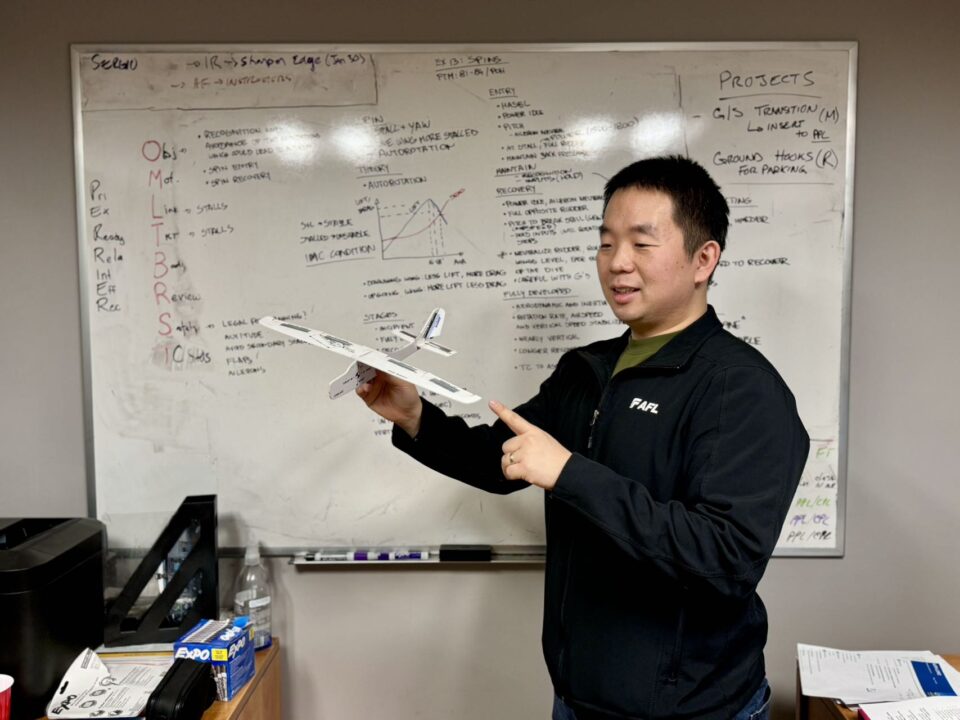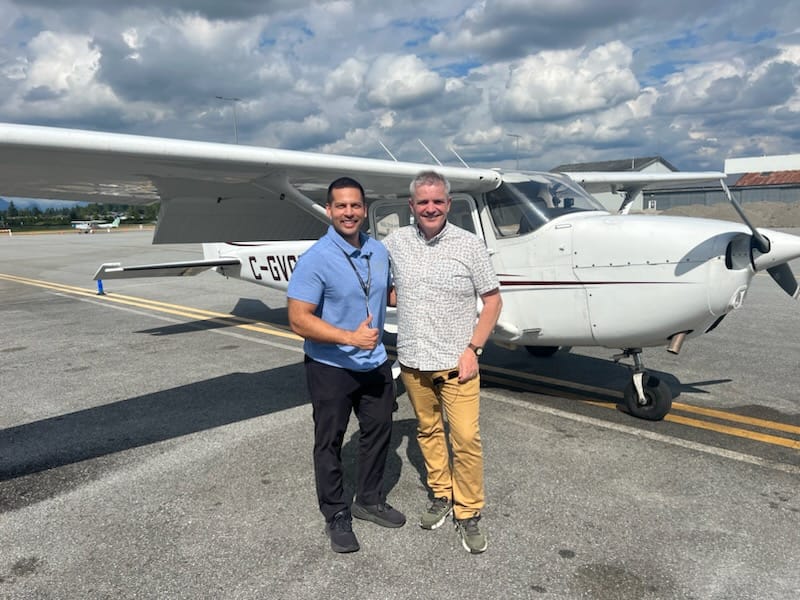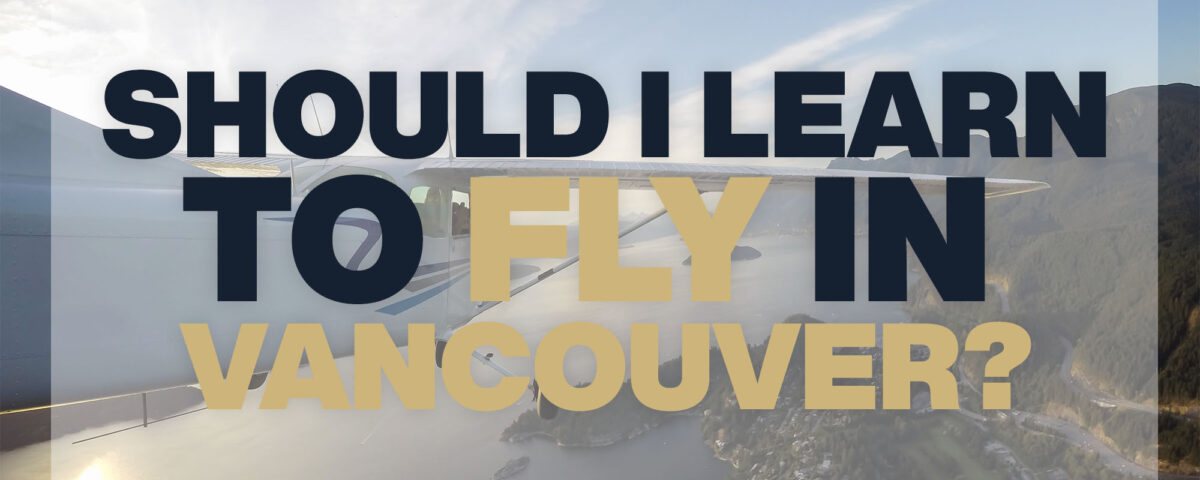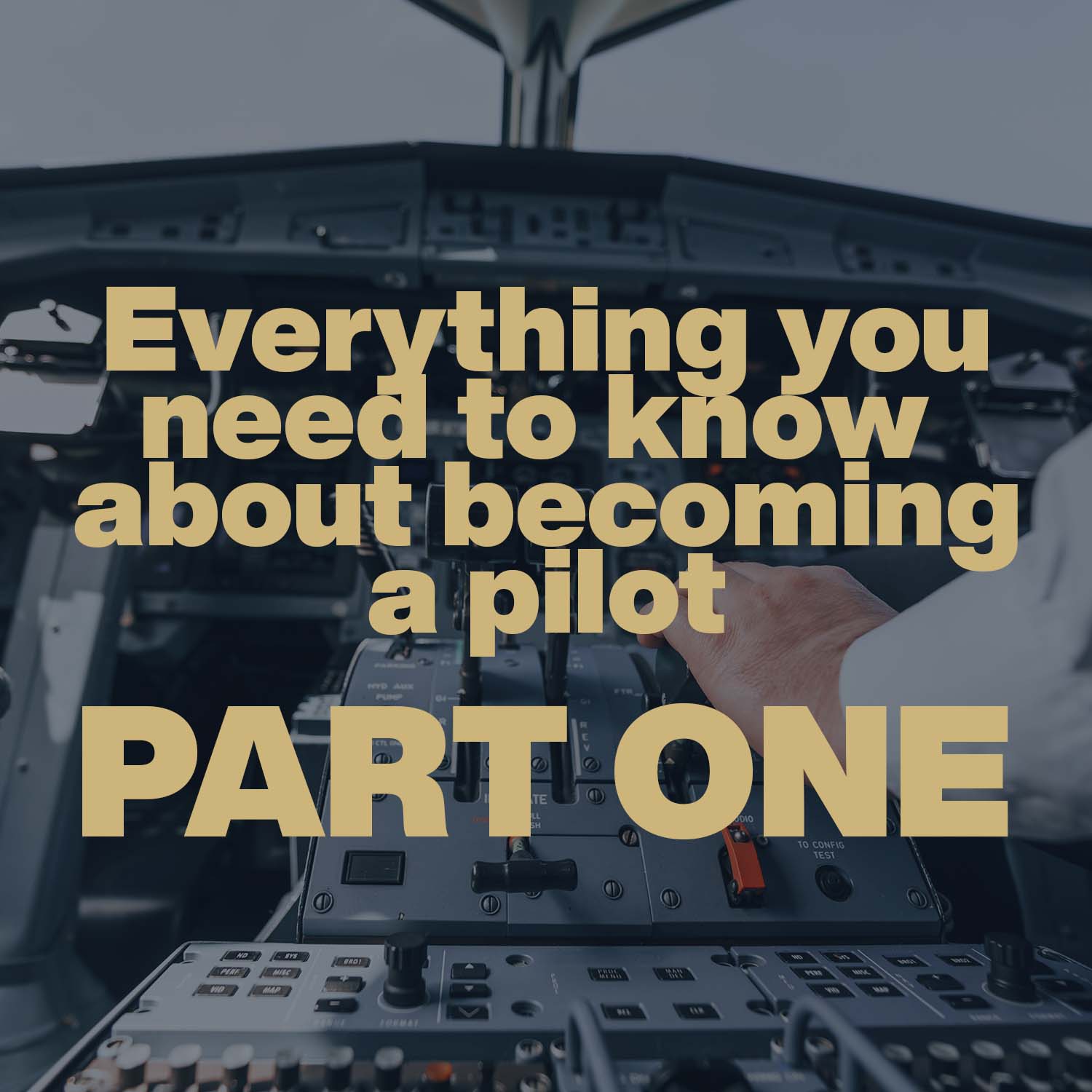
How to Become a Pilot – Part One
15 December 2022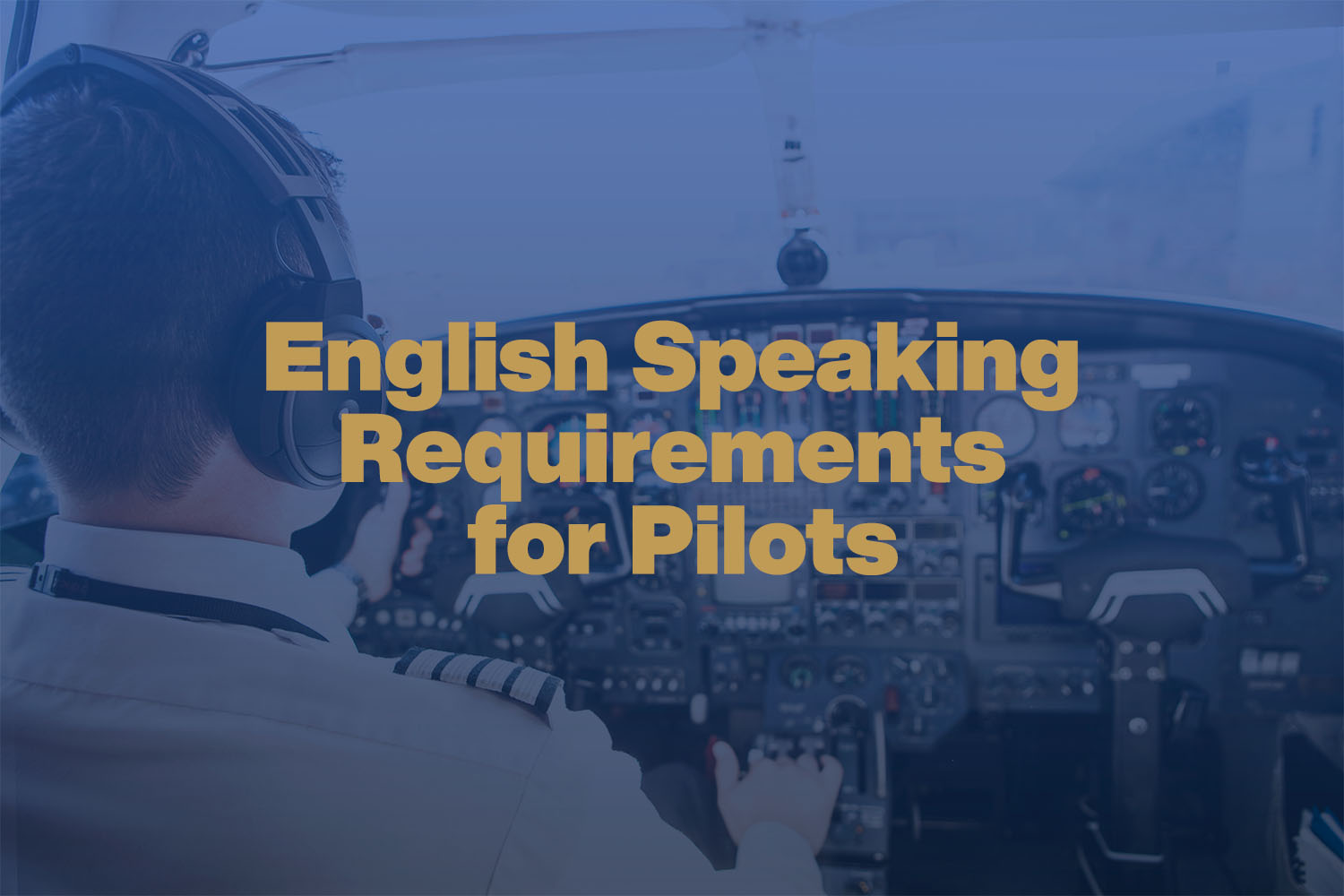
Pilot English Requirements
15 January 2023
Why Flight Training in Vancouver?
Is flight training in Vancouver the correct choice?
If you are thinking about flight training in Vancouver this article will hopefully provide some additional information for you to make your decision.
Vancouver Area Airports
First, a little about the area. In the Vancouver area there are five major airports; Vancouver (CYVR), Pitt Meadows (CYPK), Boundary Bay (CZBB), Langley (CYNJ), and Abbotsford (CYXX). All of these are in class ‘C’ control zones. There are also several outlying uncontrolled airfields with much less traffic; Chilliwack (CYCW), Hope (CYHE), and Squamish (CYSE). Furthermore, Vancouver Island also offers multiple destinations which I will discuss later in this document. I am not native to the Vancouver area. I grew up in a small northern Ontario town. However, I currently live in the Vancouver area and I think it is the ideal location for flight training. Here is why.
Highly controlled airspace but with lots of uncontrolled airspace
I did my PPL in Manitoba where there is little to no controlled airspace for VFR traffic. While this may be great initially for the inexperienced pilot, it leads to a lack of confidence later in your career flight training. If you do not learn to speak to controllers and fly in controlled airspace early in your training, you will likely find yourself flying around controlled areas as you progress as a pilot. It is important to develop confidence and familiarity with controlled airspace and you will certainly get that if you choose to do flight training in Vancouver.
 As mentioned above, there is still lots of uncontrolled airspace in the area for VFR traffic. As you move further away from Vancouver International Airport (CYVR) the floor of the controlled airspace increases. This means you can fly around underneath it without having to speak to a controller, such as, when you are practicing air exercises with your instructor.
As mentioned above, there is still lots of uncontrolled airspace in the area for VFR traffic. As you move further away from Vancouver International Airport (CYVR) the floor of the controlled airspace increases. This means you can fly around underneath it without having to speak to a controller, such as, when you are practicing air exercises with your instructor.
There are also quite a few uncontrolled airports in the area. It is important to fly into these areas to learn the procedures for airports with mandatory frequencies (MF) and air traffic frequencies (ATF). Squamish and Chilliwack are examples of accessible airports with ATFs and MFs.
Vancouver Island Flying
If you want more experience with control zones there are multiple accessible airports on Vancouver Island. For example, Nanaimo (CYCD), Tofino (CYAZ), Campbell River (CYBL), and Port Hardy (CYZT) are class E control zones, Comox (CYQQ) is a class D control zone. There are also other great MF and ATF destinations in Qualicum Beach (CAT4), Courtney (CAH3), Port Alberni (CBS8), and Port McNeil (CAT5).
The Vancouver area offers some great opportunities for pilots building time toward their commercial pilot license. The variety of ‘in range’ control zones, mandatory frequencies, and air traffic frequencies offer pilots the experience they need to become confident professionals. The landscape is also absolutely beautiful.
The Mountains
Learning how to fly in the mountains is beneficial to you as a pilot. Your instructor will transfer to you a range of skills that will help you to better understand conditions that are found when flying near mountainous regions. When looking for a flying job you will note that some employers seek ‘mountain flying experience’ as a desirable asset. Flying in the mountains is challenging. Building experience in mountainous terrain will give you additional knowledge making you more employable. The views of the mountains will leave you in awe.
Vancouver Island and water crossings
If you learn to fly in Vancouver you will undoubtedly make a flight to Vancouver Island. As mentioned, there are multiple airport destinations from which to choose. You will also get experience planning flights over water.
Seaplanes
If you are interested in getting a seaplane rating the Vancouver area has a lot to offer. There are multiple seaplane bases near Vancouver and on Vancouver Island. Getting a seaplane rating in a coastal environment is quite beneficial as you will develop experience with tides, ocean currents and swells; training and experience you would not get inland. Furthermore, glacial and mountain lakes also offer advanced seaplane training for interested pilots. The seaplane skill set you develop in coastal mountain regions is likely superior to that of flat inland training locations.
The weather
The winters in Vancouver are rainy; there is no denying that. This time can be used for ground school and studying for Transport Canada exams. The summers are quite bright and bring loads of fair weather. On June 21st of 2023, civil twilight begins at 4:23 AM and ends at 10:05 PM. That is a lot of daylight! You will also find that there is not a lot of rain during the summer months and the wind is often very light and variable. These conditions are quite favorable for flight training.
Super close to the USA for international flight training
Having the ability to easily fly to the USA during your training will also allow you to build additional confidence as a pilot. There are a few mandatory procedures you will need to follow when flying to the USA and your flight instructors will be able to help you with that. If you decide to fly to the USA you will also develop a greater understanding of the FAA airspace classifications and transponder rules and they differ slightly from that of Transport Canada. Learning to fly this close to the USA offers additional learning opportunities.
About CYPK - Pitt Meadows
Pitt Meadows Airport is a great location for flight training in the Vancouver area. They have just built a brand new terminal. But, there are more benefits to the area. Pitt Meadows has parallel runways as well as intersecting runways. Parallel runways are a phenomenon you generally see at large airports where airliners land. Learning to fly at Pitt Meadows will give you practice in parallel runway environments. There is also an intersecting runway at Pitt Meadows.
CYPK - Pitt Meadows Airport is also less busy than some of the surrounding airports. This means you will spend more time in the air rather than wasting money waiting in line for your turn to take off. Furthermore, having parallel runways also allows for more traffic in the traffic circuit. For example, renting a multi-engine airplane with an instructor costs about $480/hour. If you have to sit on the ground waiting in line for 10 minutes to take off because there is lots of traffic you will waste $80 just sitting on the ground.
CYPK is very close to all practice locations in the area. In fact, the closest practice area is less than 2 nautical miles from the Pitt Meadows control zone. This means that you spend less time (time = money) getting to the practice area with your instructor. Furthermore, the practice area to the north of Pitt Meadows is usually less busy than other practice areas in the Vancouver area.
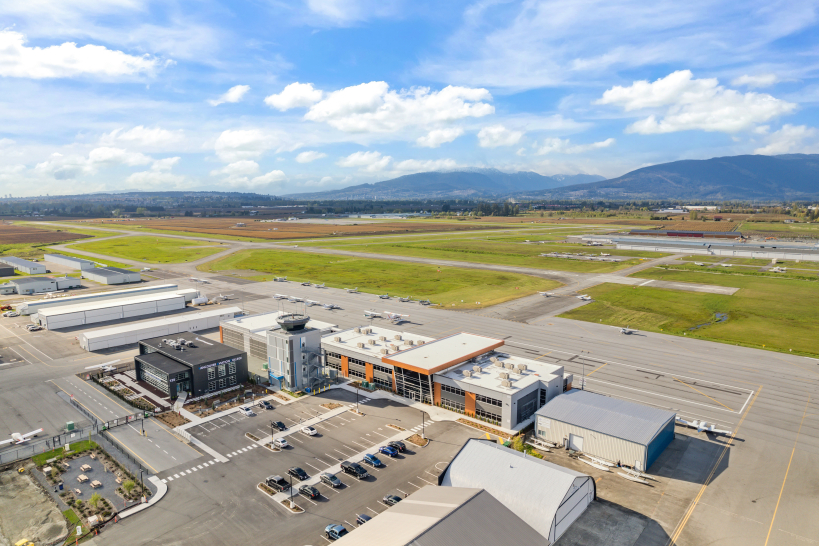
Reasons why Pitt Meadows is a great training airport
-
very close to the practice area saving your time and money
-
brand new terminal
-
parallel runways mean less traffic congestion
-
lots of aviation services and very general aviation friendly
-
easily accessible from the Trans-Canada Highway
-
seaplane bases on site
Great lifestyle and outdoor activities
If you are coming to Vancouver to become a commercial you are here study and fly. But, you cannot study and fly everyday! The Vancouver area offers some of the best outdoor activities on the planet. There are hundreds of exceptional hiking and mountain bike trails, skiing and snowboarding in Whistler as well as Grouse and Seymour. You can get on the ferry and tour Vancouver Island, go surfing in Tofino, skydiving in Qualicum Beach, fishing, and whale watching.
Should I learn to fly in Vancouver?
If I had to start my flight training over again I would choose to do it in Vancouver. There are so many positive aspects to learning to fly and living in the area. It is also a beautiful area!
- lots of practice in controlled airspace and control zones
- opportunities to fly into uncontrolled airports
- valuable mountain and coastal experience
- great weather and long daylight hours during the summer
- experience planning and flying over water
- you have lots of opportunities to get a seaplane rating
- close to the USA for increased flying experience
- Pitt Meadows CYPK is a convenient and modern airport for flight training
- Great lifestyle and lots or outdoor activities
If you would like to start flight training in Vancouver please give us a call or send us an email for more information.
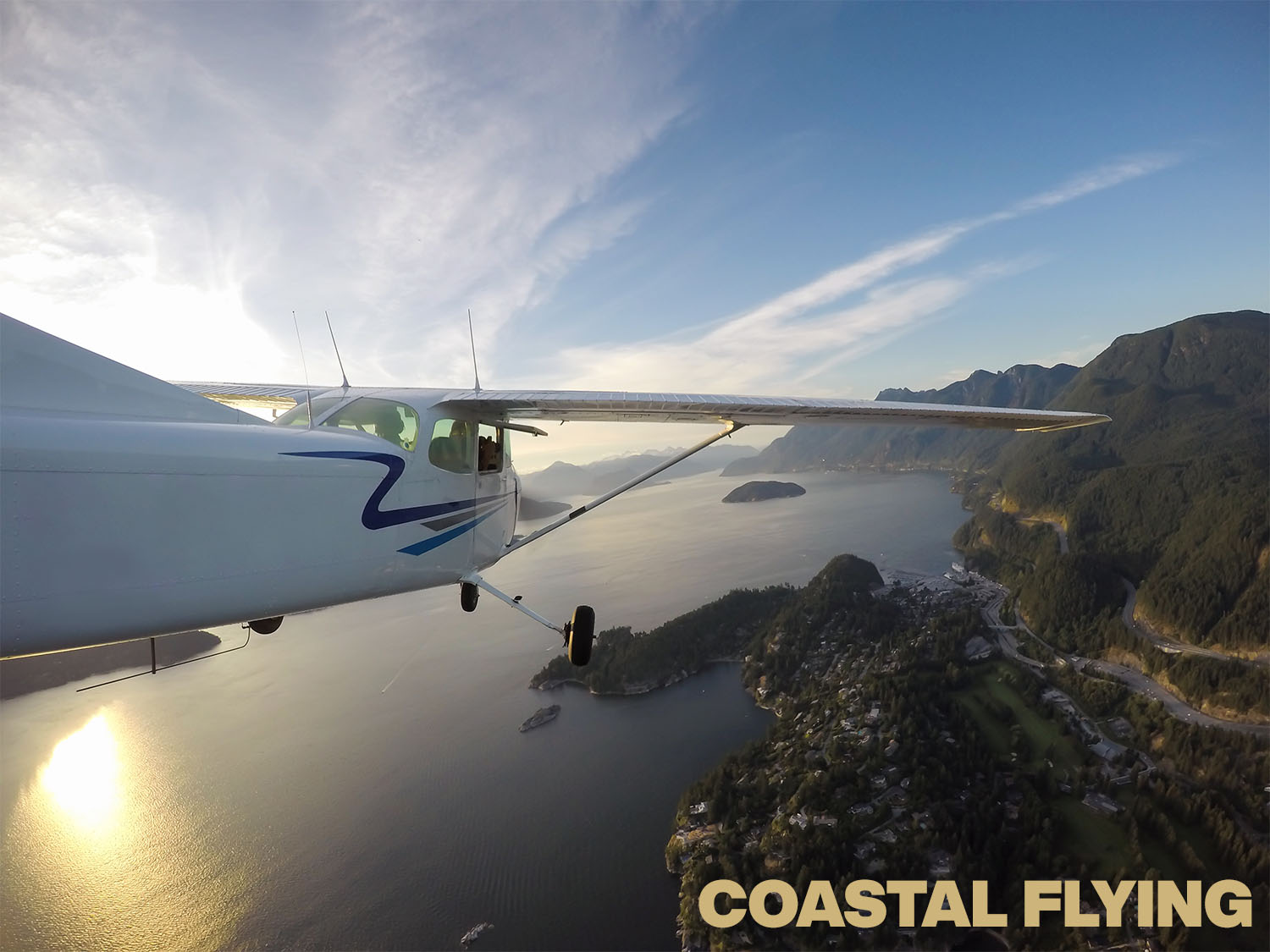
Benefits of Flight Training in Vancouver
Flight training in Vancouver offers numerous benefits that make it an ideal location for aspiring pilots. One of the primary advantages is the diverse weather conditions. Vancouver’s varied climate provides trainees with the opportunity to experience different flying environments, from clear skies to challenging weather, enhancing their overall piloting skills.
The city's stunning geography, which includes mountains, coastlines, and urban areas, allows for a wide range of training scenarios. This diverse terrain helps pilots become proficient in navigation and handling different flight conditions, preparing them for various real-world situations.
Vancouver is home to several reputable flight schools and training institutions, known for their high standards and experienced flight instructors. These institutions offer comprehensive programs that cover both the practical and theoretical aspects of flying, ensuring trainees receive a well-rounded education.
Additionally, Vancouver's proximity to major international airports and its role in Canadian aviation provide valuable networking opportunities. Students can connect with industry professionals and explore career opportunities within the vibrant aviation sector in British Columbia.
Overall, flight training in Vancouver combines excellent instruction, diverse flying conditions, and strategic location, making it a top choice for those pursuing a career in aviation.
Preparing for Your Flight Training in Vancouver
Preparing for your flight training in Vancouver involves several key steps to ensure you are ready for the challenges ahead. Firstly, research and select a reputable flight school that aligns with your goals. Consider factors such as the school's accreditation, the experience of their flight instructors, and the quality of their training programs, and most importantly, the availability of aircraft and instructors to suit your schedule.
Before starting your training, obtain a valid medical certificate. This involves a thorough examination by a Civil (CAME) aviation medical examiner to ensure you meet the health standards required for flying.
Familiarize yourself with the basic principles of aviation by studying relevant materials and taking introductory courses. This foundational knowledge will help you better understand the theoretical aspects covered in ground school.
Additionally, ensure you meet the minimum requirements for flight training. For instance, to pursue a Private Pilot Licence (PPL), you need to be at least 17 years old and have completed a minimum of 45 hours of flight training, including dual and solo flight time.
Financial planning is also crucial. Flight training can be expensive, so explore various financing options such as loans, scholarships, or payment plans offered by the flight schools. Being financially prepared allows you to focus on your training without undue stress.
By taking these preparatory steps, you can enter your flight training in Vancouver with confidence and a clear path to success.
Flight Training Requirements in Vancouver
Flight training requirements in Vancouver are designed to ensure that aspiring pilots acquire the necessary skills and knowledge to operate an aircraft safely and competently. To begin, prospective pilots must meet the minimum age requirement, which is typically 17 years old for a Private Pilot Licence (PPL) and 18 years old for a Commercial Pilot License (CPL).
A valid aviation medical certificate is also required. This certificate confirms that the candidate meets the health standards necessary for flying, including good vision, hearing, and overall fitness. The medical examination must be conducted by a certified aviation medical examiner.
Flight training involves completing a specified number of flight hours. For a PPL, the minimum requirement is 45 hours of flight training, including at least 17 hours of dual instruction and 12 hours of solo flight time. For a CPL, the requirement increases to a minimum of 200 hours of total flight time, which includes both dual and solo flight hours.
Ground school is an essential component of flight training, covering subjects such as air law, navigation, meteorology, and flight theory. Trainees must also pass a written exam to demonstrate their understanding of these theoretical concepts.
Finally, to successfully complete the training, candidates must pass a flight test conducted by a Transport Canada examiner. This practical exam assesses the trainee's ability to perform various maneuvers and procedures safely and accurately.
Why Choose Vancouver for Pilot Training?
Choosing Vancouver for pilot training offers several unique advantages. The city's diverse weather conditions provide an excellent training ground for aspiring pilots. Trainees experience a wide range of flying scenarios, from clear skies to rain and fog, equipping them with the skills needed to handle different weather conditions.
Vancouver’s varied geography, including mountains, coastlines, and urban areas, enhances the training experience. Pilots learn to navigate and operate in diverse terrains, preparing them for real-world flying challenges. This exposure is invaluable for building confidence and proficiency.
The city's flight schools and training institutions are renowned for their high standards and experienced instructors. These schools offer comprehensive training programs that cover both practical and theoretical aspects of flying. With access to modern training aircraft and simulators, students receive top-notch education and hands-on experience.
Vancouver is also a hub for Canadian aviation, offering numerous networking and career opportunities. Proximity to major international airports allows students to interact with industry professionals and explore various career paths in aviation.
Overall, Vancouver provides a rich and diverse training environment, making it an ideal location for anyone serious about pursuing a career in aviation.
Career Opportunities After Pilot Training in Vancouver
Completing pilot training in Vancouver opens up a wide range of career opportunities in the aviation industry. Graduates can pursue careers as commercial pilots, flying for airlines and charter companies. With a Commercial Pilot License (CPL), pilots can operate larger aircraft and transport passengers or cargo on a professional basis.
Flight instruction is another viable career path. By obtaining an instructor rating, pilots can teach aspiring aviators, sharing their knowledge and passion for flying. This role not only provides a steady income but also helps build additional flight hours and experience.
Other career opportunities include roles in aerial surveying, agricultural aviation, and emergency medical services. Pilots can also work in corporate aviation, flying business executives and VIPs in private jets. Each of these roles requires specific skills and certifications, which can be obtained through further training and specialization.
Vancouver's vibrant aviation industry and strategic location offer numerous job prospects for trained pilots. Networking with industry professionals and participating in aviation events can help pilots find employment and advance their careers.
In summary, pilot training in Vancouver equips graduates with the skills and qualifications needed to pursue diverse and rewarding careers in aviation, ensuring a bright future in this dynamic field.
